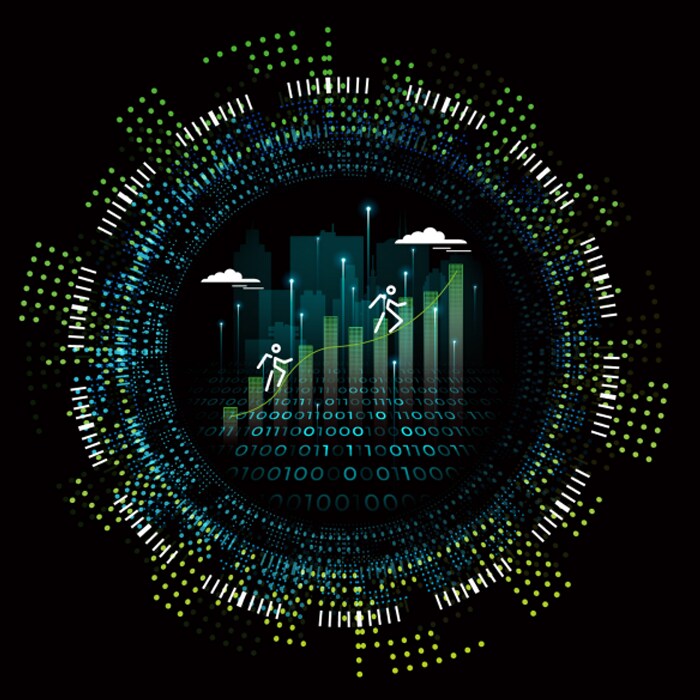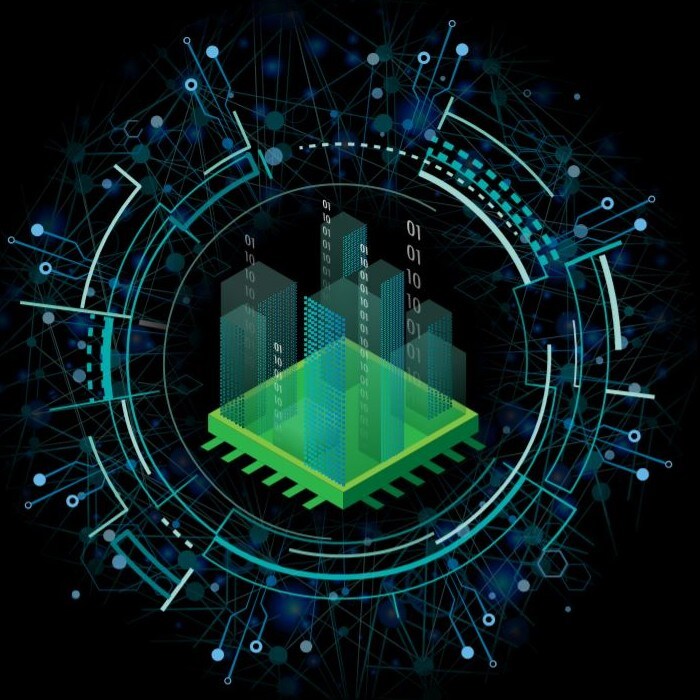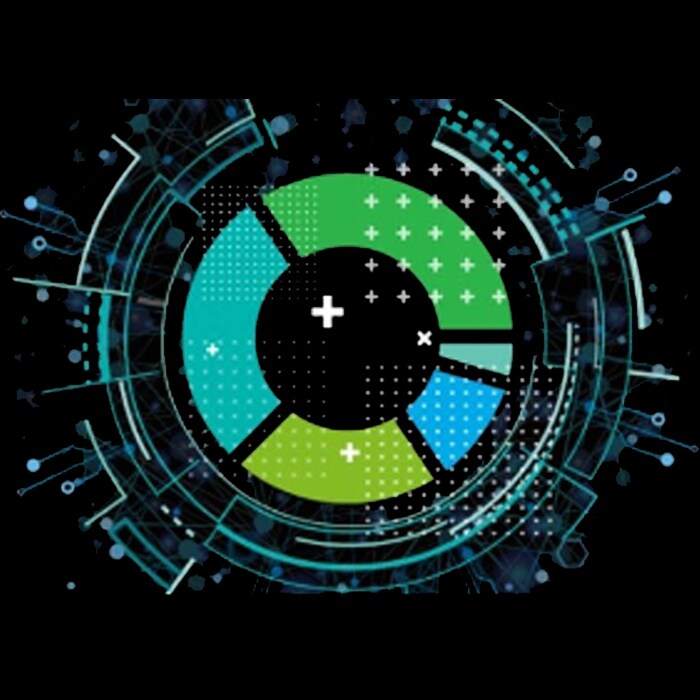Some of the new digital tools available to finance focus specifically on updating core systems and existing capabilities. Other tools, "exponentials", are designed to deliver new and different capabilities. Together, they form a toolset finance can use to improve its own performance and serve the business more effectively, especially when they are used together.
Our research suggest that seven technologies have growing interaction and relevance for how the work of finance get done:































